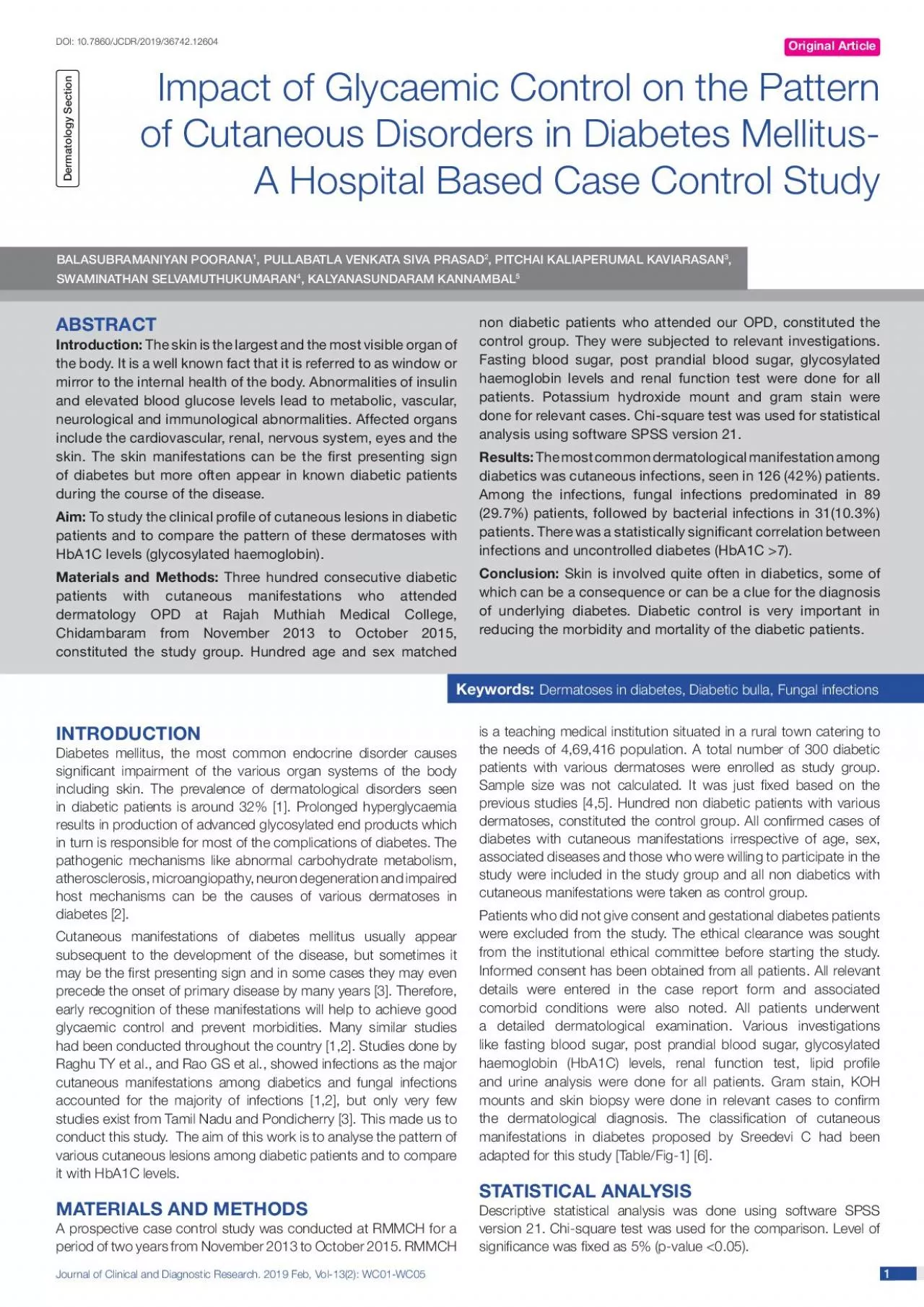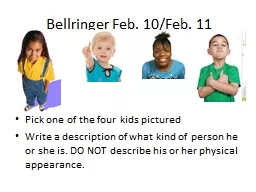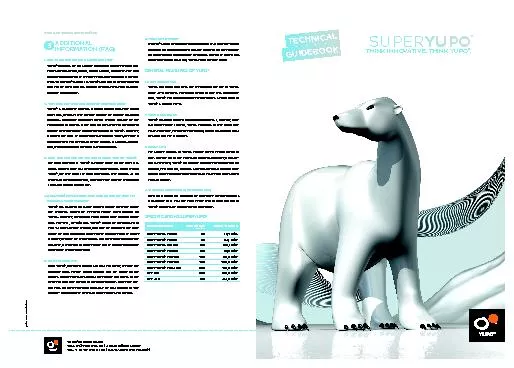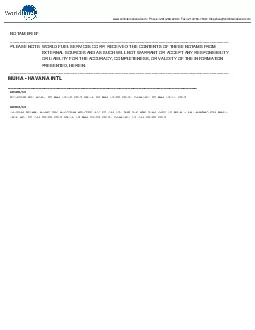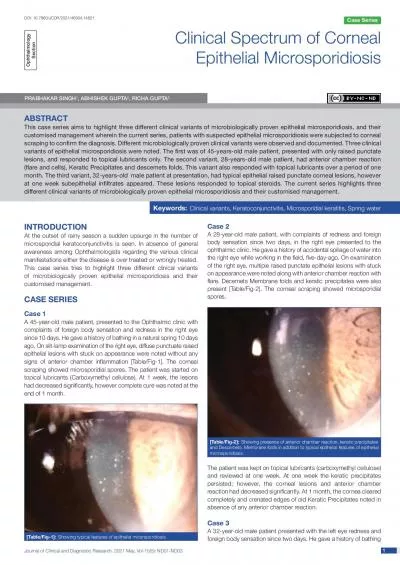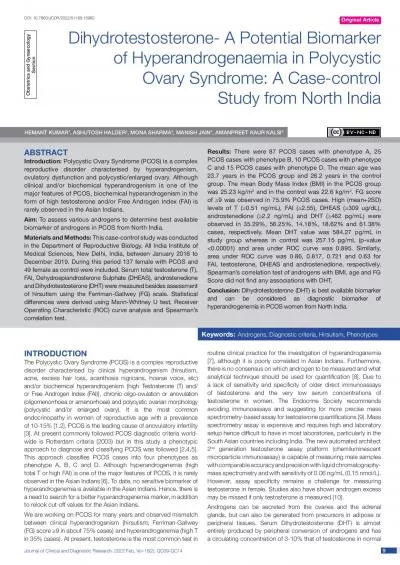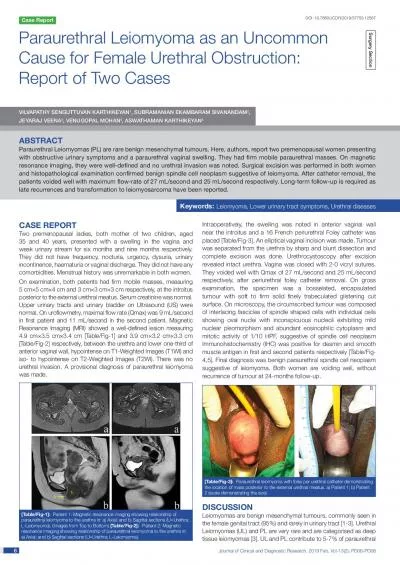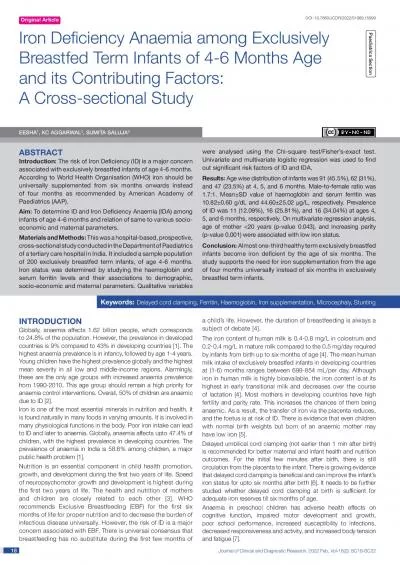PDF-Journal of Clinical and Diagnostic Research 2019 Feb Vol132 WC01
Author : melody | Published Date : 2022-09-03
1 1 DOI 107860JCDR20193674212604 Original Article Miscellaneous Postgraduate Education Letter to Editor Short Communication Images in Medicine Experimental Research Clinician146s
Presentation Embed Code
Download Presentation
Download Presentation The PPT/PDF document "Journal of Clinical and Diagnostic Resea..." is the property of its rightful owner. Permission is granted to download and print the materials on this website for personal, non-commercial use only, and to display it on your personal computer provided you do not modify the materials and that you retain all copyright notices contained in the materials. By downloading content from our website, you accept the terms of this agreement.
Journal of Clinical and Diagnostic Research 2019 Feb Vol132 WC01: Transcript
Download Rules Of Document
"Journal of Clinical and Diagnostic Research 2019 Feb Vol132 WC01"The content belongs to its owner. You may download and print it for personal use, without modification, and keep all copyright notices. By downloading, you agree to these terms.
Related Documents

